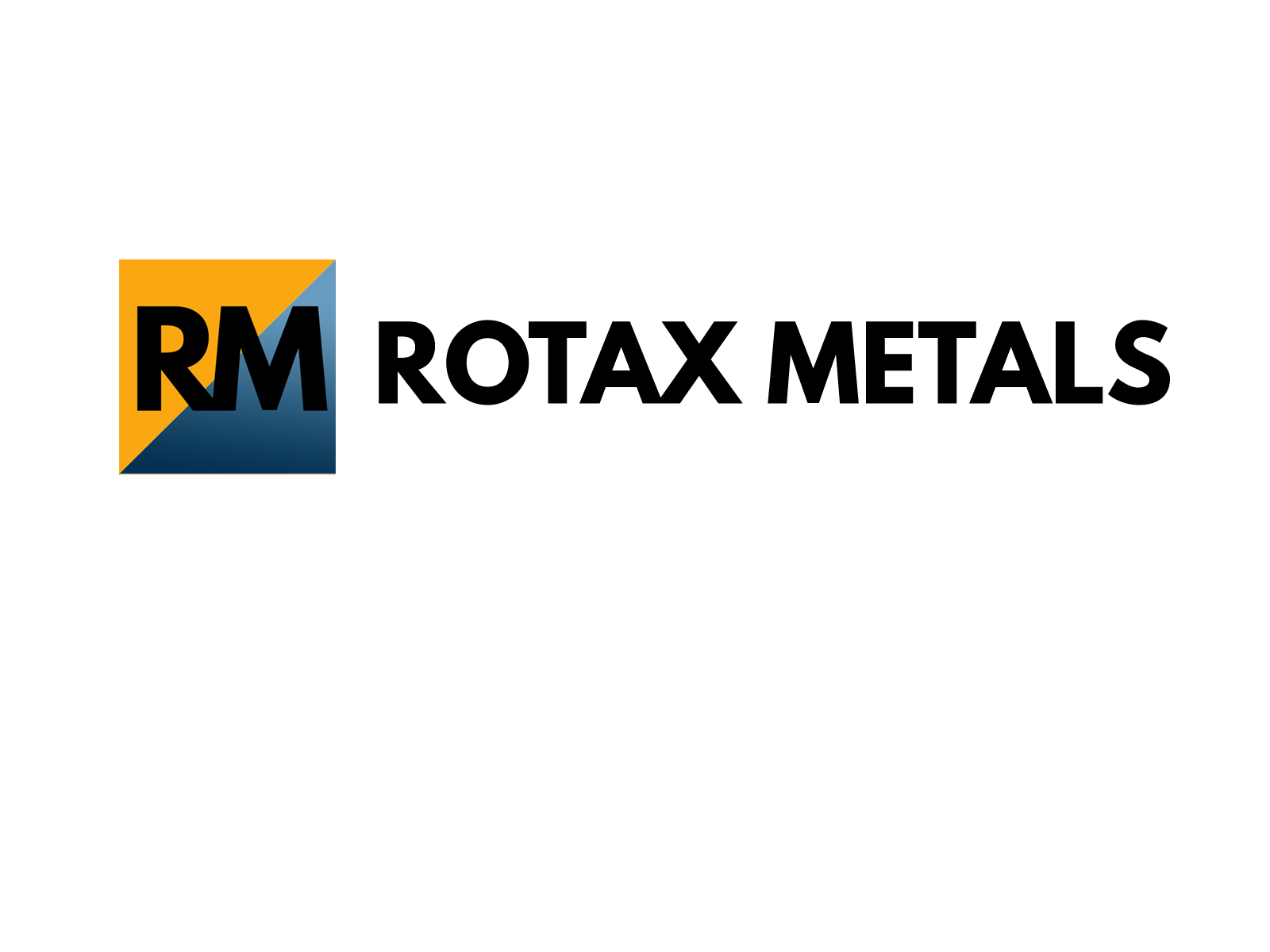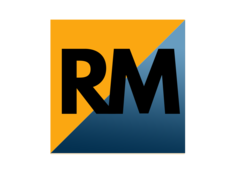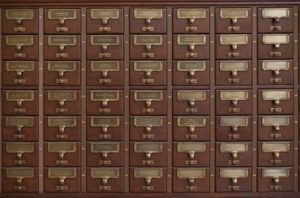Copper production is a multimillion dollar industry. It ranks third in world metal consumption after steel and aluminum. In 2017, the total amount of copper produced from mines all over the world is estimated 19.7 million metric tons. That’s roughly twice the amount of zinc produced on the same year. With that huge production, you may probably be wondering why you don’t come across objects made of copper very often. This begs the question, “Where does all that copper go?” Before we get to that, let us first get to know copper better. (more…)


